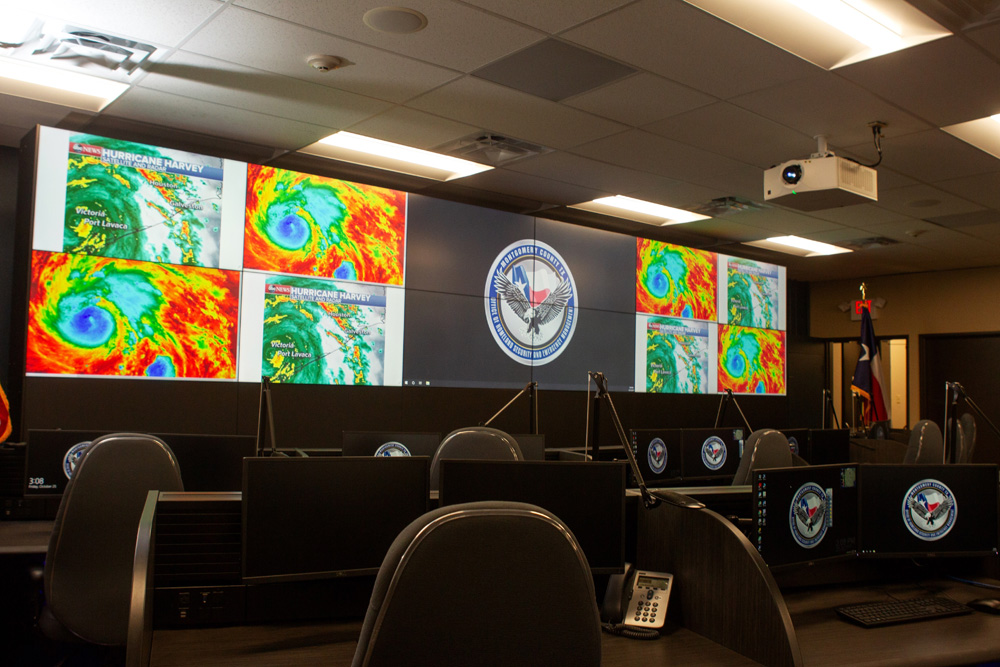
Smart Cities are quite literally the talk of the town. With every new piece of infrastructure, building, park or transport system, we continually meet our clients’ requests for smarter, more intelligent and more connected projects. We are often asked what qualifies as a Smart City. The response is always: ‘It depends how you define it’…a line which is met with surprise and scepticism.
A common misconception is that a Smart City should have a specific definition, and one which can be determined in a crisp and succinct way. For this to be possible, a Smart City should therefore have a determined end state – much like a traditional project would: it is deemed complete when the works are complete. And whilst an individual project may indeed have an end state, a Smart City should be looked at as an ongoing project, one that has no defined end state. We often refer to the Smart City as being defined by the journey rather than a destination.
On a journey towards energy efficiency, for instance, the Abu Dhabi City Municipality has installed smart street lighting in the form of energy-efficient luminaires with wireless backbone to support city-wide Smart City services. In another instance, in Los Angeles, Parsons is delivering a modernised Regional Integration of Intelligent Transportation System (RIITS) in our client’s journey to establish a regional transportation information hub and Big Data analytics platform for greater Los Angeles and adjacent counties.
Digitising infrastructure
As cities proceed along this journey, digitising their existing infrastructure and injecting technology into new developments, it is important not only to look at where the city is heading, but also to consider where it has come from. The city should be equipped with a robust asset management toolkit which can utilise the forward-looking technologies in order to maximise the value of the asset, ensuring or extending the assets’ lifespan, reducing operational costs or even redeveloping or integrating asset usage in order to unlock additional value.
Similarly, as technologies continue to evolve, cities of the future should prepare for future system expansion by establishing scalable systems, equipped for the integration of future technologies. One client in the Middle East is deploying an intelligent transportation system that improves personal mobility; enhances public travel safety; and helps monitor, control, and mitigate traffic congestion throughout the city. The ITS system is scalable and fully-configured for integration with connected vehicles, future shifts in mobility preferences and the emergence of autonomous vehicles. Such future-proofed smart systems empower cities to take the next steps in their journey.
Part of the journey should also consider security and safety. It is an unfortunate reality that we cannot only look at what brings value but must also consider the additional risks and threats that come with Smart City technologies. With every connected device, there is a potential vulnerability into a city’s critical infrastructure, and we consider a concept called converged cyber-physical security – where technology is harmonised with the physical world in order to provide a comprehensive security framework to maintain the integrity of our critical infrastructure.
The Smart City definition is becoming more vague and more imprecise; the temptation of instilling technology into every aspect of our cities, consideration to manage legacy assets, solutions to neutralise security threats of today and of the future - the Smart City concept is complex and more importantly, it remains indistinct.
Smart Cities across the world define their objectives in a similar manner, breaking the complex ecosystem into a series of more manageable components such as mobility, government or healthcare. These components are often industry verticals or societal aspects which the city has defined as a component, and goals are set around these verticals to aspire towards. As use cases are delivered, it is the integration between these components where cities try to unlock additional value – such as coordinating multiple transport modes, both public and private, onto a common platform for fully-integrated ticketing and journeys seen in applications such as Mobility as a Service.
Smart City vision
A city may have its own objectives to achieve, but within a country there are often multiple Smart City initiatives defined by the city or township itself with little or no coordination at all between them in how they evolve and deliver on their overall objectives. One must understand that the needs and objectives of cities are likely to be different depending on a series of factors: these may include the economic drivers, governmental structure, asset ownership, community type or mobility landscape, for example. These different drivers are what encourage the breadth of the Smart City ecosystem, and which support the notion that the Smart City definition is indistinct.
Considering a variety of city types, there are likely to be a series of different objectives applicable to each one. For example, a city which has a focus on entertainment and tourism, such as Las Vegas, would have completely different objectives to an industrial city, such as Detroit.
These differing objectives can be considered synonymous with the components which make up a Smart City itself – each one with a different purpose and role in city society, but which are being broken down for the purpose of achieving a Smart City vision. So why can’t these Smart Cities themselves be aggregated to create a smarter nation?
So maybe now it’s time that, when we ask ourselves what is considered a Smart City, that we start thinking outside of a city boundary. Perhaps the Smart City concept should be, in fact, a collection of cities, a group of city types, all of which can share use cases, data and initiatives, where additional value can be unlocked faster and more efficiently. For this to happen we need a more harmonised approach to determining our Smart City objectives and a guiding framework which can help align city types, objectives, assess use-case value and technology assessment in the expectations that all cities can indeed become smart.
From a technical, political and economic standpoint there are many aspects of the Smart City concept which need to be aligned before we can explore some of these broader concepts that takes the Smart City outside of the city borders.
ABOUT THE AUTHORS
Benjamin Ho is Parsons VP, connected communities product group, and James Birdsall, PhD, PE, ENV SP is PMC project manager & asset management technical lead at Parsons












